Home>Gardening & Outdoor>Pool & Spa Care>How To Treat Your Hot Tub
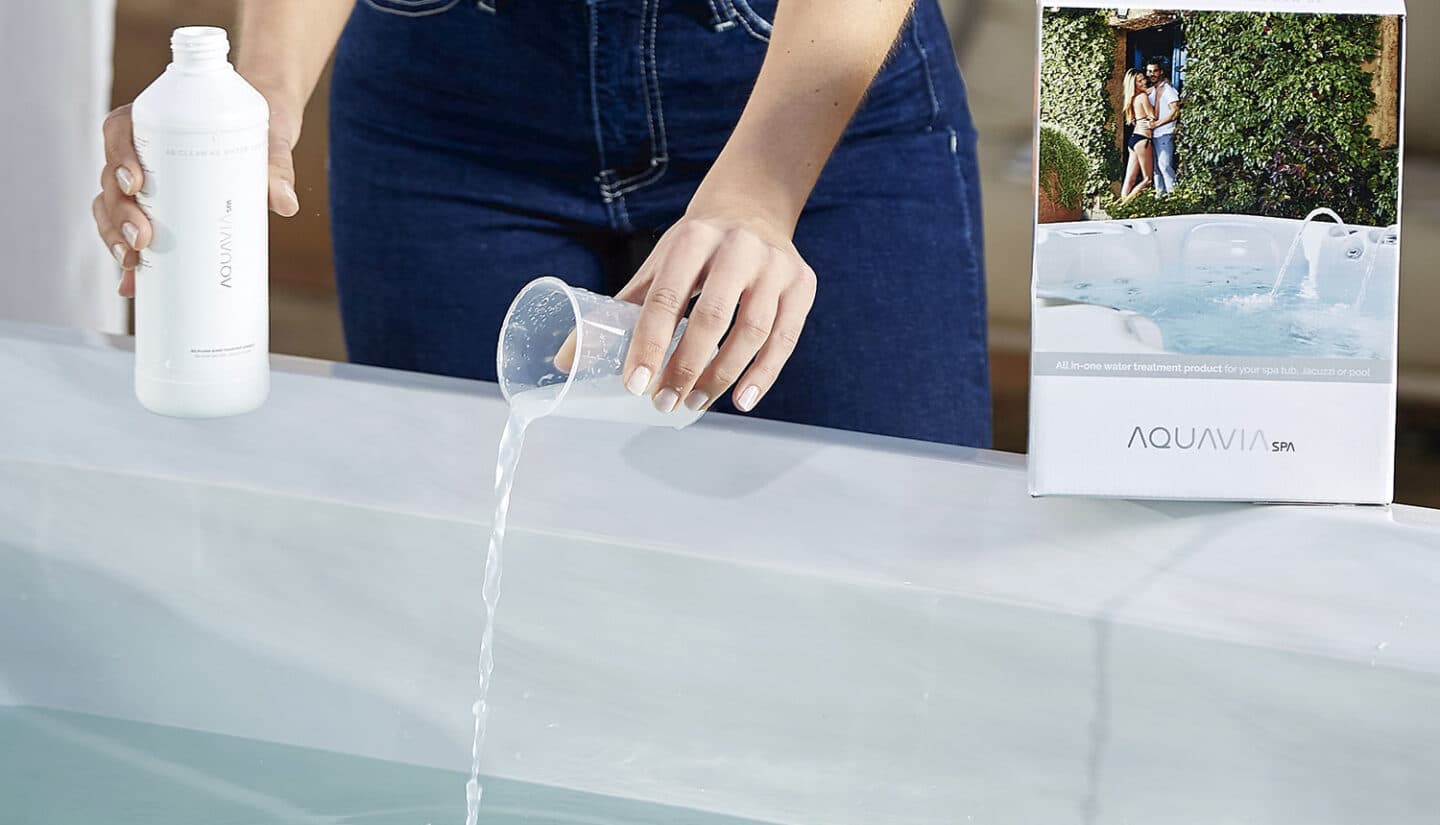

Pool & Spa Care
How To Treat Your Hot Tub
Published: December 29, 2023
Learn effective pool and spa care with our expert tips on how to treat your hot tub. Keep your hot tub clean and well-maintained for a relaxing and enjoyable experience.
(Many of the links in this article redirect to a specific reviewed product. Your purchase of these products through affiliate links helps to generate commission for Storables.com, at no extra cost. Learn more)
Introduction
Welcome to the wonderful world of hot tub ownership! Owning a hot tub is a fantastic way to relax, unwind, and soothe your muscles after a long day. However, to keep your hot tub in top condition and ensure a safe and enjoyable experience for all, it’s crucial to understand the ins and outs of proper maintenance. In this comprehensive guide, we’ll explore everything you need to know about caring for your hot tub, from regular maintenance routines to troubleshooting and repairs.
By following these expert tips and best practices, you’ll be well-equipped to maintain a clean, safe, and inviting hot tub environment for years to come. So, let’s dive in and discover the secrets to keeping your hot tub in pristine condition!
Key Takeaways:
- Regular maintenance is crucial for a clean, safe, and enjoyable hot tub experience. Checking water levels, cleaning the shell, and monitoring equipment are key tasks to keep your hot tub in top condition.
- Proper water chemistry and regular cleaning are essential for a hygienic hot tub environment. Maintaining pH balance, sanitization, and filter maintenance ensures a safe and comfortable soaking experience.
Read more: How To Find A Leak In Your Hot Tub
Regular Maintenance
Regular maintenance is the cornerstone of hot tub care. By establishing a consistent maintenance routine, you can prevent potential issues, extend the lifespan of your hot tub, and ensure a hygienic and enjoyable soaking experience.
Here are the key components of a regular hot tub maintenance schedule:
- Check Water Level: Regularly monitor the water level to ensure it covers the skimmer at all times. If the water level is too low, it can strain the pump and heating system.
- Inspect for Leaks: Routinely examine the hot tub and its components for any signs of leakage. Addressing leaks promptly can prevent water damage and more extensive repairs.
- Clean the Shell: Wipe down the interior of the hot tub to remove any dirt, debris, or residue. Use a non-abrasive cleaner to maintain the tub’s luster.
- Test the Water: Regularly test the water chemistry using a reliable test kit. This includes monitoring pH levels, alkalinity, and sanitizer levels to ensure a safe and balanced environment for soaking.
- Inspect the Cover: Check the cover for any signs of wear, tear, or waterlogging. A well-maintained cover is essential for retaining heat and keeping debris out of the water.
- Monitor Equipment: Keep an eye on the hot tub’s equipment, including the pump, heater, and jets, to ensure they are functioning properly. Address any unusual noises or malfunctions promptly.
By incorporating these tasks into your regular maintenance routine, you can stay proactive in preserving the condition of your hot tub and addressing potential issues before they escalate.
Water Chemistry
Maintaining proper water chemistry is essential for preserving the integrity of your hot tub and ensuring a safe and comfortable soaking environment. By understanding the key principles of water chemistry, you can effectively balance the pH, alkalinity, and sanitizer levels, keeping the water clean and free from contaminants.
Here’s a breakdown of the essential elements of hot tub water chemistry:
- pH Balance: The pH level of your hot tub water should typically range between 7.2 and 7.8. This range is slightly alkaline, which is ideal for skin comfort and equipment protection. Use a pH testing kit to monitor and adjust the pH level as needed.
- Alkalinity: Total alkalinity acts as a buffer for the pH level, helping to prevent rapid fluctuations. Aim for a total alkalinity level between 80 and 120 parts per million (ppm).
- Sanitization: To keep the water free from harmful bacteria and contaminants, it’s essential to use an effective sanitizer, such as bromine or chlorine. Maintain the sanitizer level within the recommended range, typically between 3-5 ppm for bromine and 2-4 ppm for chlorine.
- Shock Treatment: Periodically shocking the hot tub water helps oxidize organic contaminants and refreshes the effectiveness of the sanitizer. Use a non-chlorine shock or chlorine shock based on your sanitizer type.
- Calcium Hardness: Test and adjust the calcium hardness level to prevent water from becoming too soft or too hard, which can lead to equipment corrosion or scale buildup. The recommended range for calcium hardness is typically between 150 and 250 ppm.
Regularly testing and adjusting these key parameters will help you maintain a clean, balanced, and inviting hot tub environment. Remember to follow the manufacturer’s guidelines and recommendations for water chemistry, as they may vary based on the specific type of hot tub and water treatment products you use.
By staying diligent in managing water chemistry, you can enjoy the full benefits of your hot tub while ensuring the safety and comfort of all who indulge in its soothing waters.
Cleaning and Sanitizing
Proper cleaning and sanitizing practices are vital for maintaining a hygienic and inviting hot tub environment. By incorporating regular cleaning routines and effective sanitization methods, you can ensure that your hot tub remains a safe and enjoyable retreat for relaxation.
Here are essential steps for cleaning and sanitizing your hot tub:
- Draining and Cleaning: Periodically drain the hot tub to thoroughly clean the shell, remove any accumulated debris, and scrub away residue. Use a mild, non-abrasive cleaner to avoid damaging the tub’s surface.
- Filter Maintenance: Clean or replace the hot tub filter according to the manufacturer’s recommendations. A clean filter is essential for trapping debris and maintaining water clarity.
- Surface Cleaning: Wipe down the hot tub’s surfaces, including the waterline, with a suitable cleaner to remove oils, lotions, and other contaminants that can accumulate over time.
- Sanitization: Maintain the appropriate sanitizer levels in the water to effectively kill bacteria and prevent algae growth. Follow the recommended dosage and application method for your chosen sanitizer, whether it’s bromine, chlorine, or an alternative product.
- Shock Treatments: Periodically administer shock treatments to oxidize organic matter and refresh the effectiveness of the sanitizer. This helps maintain water clarity and freshness.
- Cover Care: Clean the hot tub cover regularly to prevent the buildup of dirt, mold, or mildew. Use a gentle cleaner and ensure the cover is completely dry before placing it back on the hot tub.
By adhering to these cleaning and sanitizing practices, you can uphold a clean and inviting hot tub environment while safeguarding the well-being of those who enjoy its therapeutic waters.
Remember, maintaining a consistent cleaning and sanitizing routine is key to preserving water quality and prolonging the life of your hot tub, ensuring that it remains a source of relaxation and rejuvenation for years to come.
Regularly clean and sanitize your hot tub to prevent bacteria growth and maintain water quality. Use a test kit to check chemical levels and adjust as needed. Keep the cover on when not in use to conserve heat and prevent debris from entering.
Filter Maintenance
Proper maintenance of your hot tub’s filter is essential for ensuring clean and clear water. The filter plays a crucial role in trapping debris, contaminants, and particles, preventing them from circulating back into the water. By implementing a regular filter maintenance routine, you can optimize the performance of your hot tub’s filtration system and promote a healthy soaking experience.
Here’s a comprehensive guide to effective filter maintenance:
- Regular Cleaning: Depending on usage and environmental factors, it’s important to clean the filter on a routine basis. For most hot tubs, a monthly cleaning schedule is sufficient, but more frequent cleaning may be necessary in high-usage scenarios or in areas with heavy debris.
- Filter Removal: Follow the manufacturer’s instructions to safely remove the filter from the hot tub. Take care to turn off the power to the hot tub before proceeding with any maintenance tasks.
- Rinsing: Use a garden hose or a specialized filter cleaning tool to thoroughly rinse off the filter. Aim to remove all visible debris and buildup, ensuring that the filter’s pleats are clear of any obstructions.
- Deep Cleaning: Periodically, it’s beneficial to perform a deep clean of the filter using a filter cleaning solution. This helps dissolve oils, lotions, and other contaminants that may be embedded in the filter media.
- Replacement Schedule: While regular cleaning is essential, filters also have a finite lifespan. Refer to the manufacturer’s guidelines to determine the recommended replacement schedule for your specific filter type.
- Inspect for Damage: During each cleaning session, inspect the filter for any signs of damage, such as tears or fraying. A damaged filter should be promptly replaced to maintain optimal filtration performance.
By adhering to a diligent filter maintenance regimen, you can uphold water clarity, optimize the efficiency of your hot tub’s filtration system, and contribute to a more enjoyable and hygienic soaking experience.
Remember, the filter is a vital component in maintaining clean and clear water, so investing time and attention into its maintenance will pay dividends in the form of a pristine and inviting hot tub environment.
Read more: How To Build Your Own Hot Tub In-Ground
Cover Care
Proper care and maintenance of your hot tub cover are essential for preserving its functionality and extending its lifespan. The cover serves as a protective barrier, shielding the water from debris, retaining heat, and preventing evaporation. By implementing a regular cover care routine, you can ensure that your hot tub cover remains in optimal condition, contributing to energy efficiency and the overall cleanliness of the water.
Here’s a comprehensive guide to effective cover care:
- Regular Cleaning: Wipe down the cover with a mild, non-abrasive cleaner to remove dirt, dust, and other surface contaminants. Avoid using harsh chemicals or abrasive materials that could damage the cover’s exterior.
- Preventing Water Buildup: Routinely remove any standing water or snow accumulation from the cover to prevent sagging and potential damage. Use a cover lifter to facilitate this process and prevent strain on the cover’s hinges.
- UV Protection: Apply a specialized UV protectant product to the cover’s vinyl surface to guard against sun damage and fading. This step helps prolong the life and appearance of the cover, especially in sunny or high-altitude environments.
- Inspection: Regularly inspect the cover for signs of wear, tear, or deterioration. Look for cracks, tears, or fading, and address any issues promptly to prevent further damage and maintain insulation properties.
- Storage and Use: When not in use, ensure that the cover is stored in a clean, dry area away from potential damage or harsh weather conditions. Proper storage can help extend the life of the cover and preserve its functionality.
- Replacement Consideration: Evaluate the condition of the cover periodically and consider replacing it if significant wear or damage is present. A well-maintained cover contributes to energy efficiency and protects the hot tub from external elements.
By incorporating these cover care practices into your hot tub maintenance routine, you can safeguard the cover’s integrity, promote energy efficiency, and preserve the cleanliness of the water. A well-maintained cover not only enhances the overall aesthetics of the hot tub but also contributes to a more enjoyable and sustainable soaking experience.
Remember, the cover is a crucial component in maintaining water temperature and quality, so dedicating attention to its care and maintenance is a worthwhile investment in the longevity and performance of your hot tub.
Troubleshooting and Repairs
While regular maintenance can help prevent many issues, occasional troubleshooting and repairs may be necessary to keep your hot tub in optimal condition. By familiarizing yourself with common hot tub problems and their solutions, you can address issues promptly and ensure that your hot tub continues to provide a relaxing and rejuvenating experience.
Here are some common troubleshooting tips and repair considerations for hot tub owners:
- Heating Issues: If your hot tub is not reaching the desired temperature, check for any error codes on the display panel. Ensure that the heater is functioning correctly and that the water flow is unobstructed. Low water levels can also affect heating performance.
- Water Cloudiness: Cloudy water can be indicative of imbalanced chemistry, inadequate filtration, or the need for shock treatment. Test the water chemistry and clean or replace the filter as needed to address cloudiness.
- Strange Noises: Unusual sounds, such as grinding or squealing, may indicate issues with the pump, motor, or other components. Inspect the hot tub’s equipment and consider seeking professional assistance if the source of the noise is not apparent.
- Leak Detection: If you notice water pooling around the hot tub, carefully inspect the shell, plumbing, and fittings for signs of leakage. Addressing leaks promptly can prevent water damage and more extensive repairs.
- Error Codes: Many modern hot tubs are equipped with diagnostic error codes to indicate specific issues. Refer to the owner’s manual or manufacturer’s guidelines to interpret error codes and take appropriate action.
- Professional Assistance: For complex issues or repairs involving electrical components, it’s advisable to seek assistance from a qualified hot tub technician or service provider. Professional expertise can ensure that repairs are conducted safely and effectively.
By staying attentive to your hot tub’s performance and addressing any issues in a timely manner, you can minimize downtime and preserve the overall functionality of your hot tub. Regular troubleshooting and prompt repairs contribute to a consistent and enjoyable soaking experience for you and your guests.
Remember, proactive maintenance and diligent troubleshooting can help you identify and resolve issues before they escalate, allowing you to fully appreciate the relaxation and therapeutic benefits of your hot tub.
Conclusion
Caring for your hot tub is a rewarding responsibility that yields countless hours of relaxation and enjoyment. By prioritizing regular maintenance, water chemistry management, and diligent cleaning practices, you can ensure that your hot tub remains a clean, safe, and inviting oasis for years to come.
From monitoring water chemistry to maintaining the filter and cover, each aspect of hot tub care plays a vital role in preserving the integrity of the equipment and the quality of the soaking experience. By incorporating these best practices into your routine, you can maximize the lifespan of your hot tub and create a hygienic and rejuvenating environment for yourself and your guests.
Remember, proactive maintenance is key to preventing issues and preserving the performance and longevity of your hot tub. By staying attentive to the needs of your hot tub and addressing any issues promptly, you can ensure a seamless and enjoyable soaking experience while reaping the full benefits of hydrotherapy and relaxation.
Whether you’re unwinding after a long day or hosting a gathering with friends and family, a well-maintained hot tub offers a sanctuary of tranquility and rejuvenation. Embrace the art of hot tub care, and let the soothing waters continue to provide a source of comfort and well-being in your life.
Here’s to many more years of blissful soaking and cherished moments in your hot tub!
Frequently Asked Questions about How To Treat Your Hot Tub
Was this page helpful?
At Storables.com, we guarantee accurate and reliable information. Our content, validated by Expert Board Contributors, is crafted following stringent Editorial Policies. We're committed to providing you with well-researched, expert-backed insights for all your informational needs.
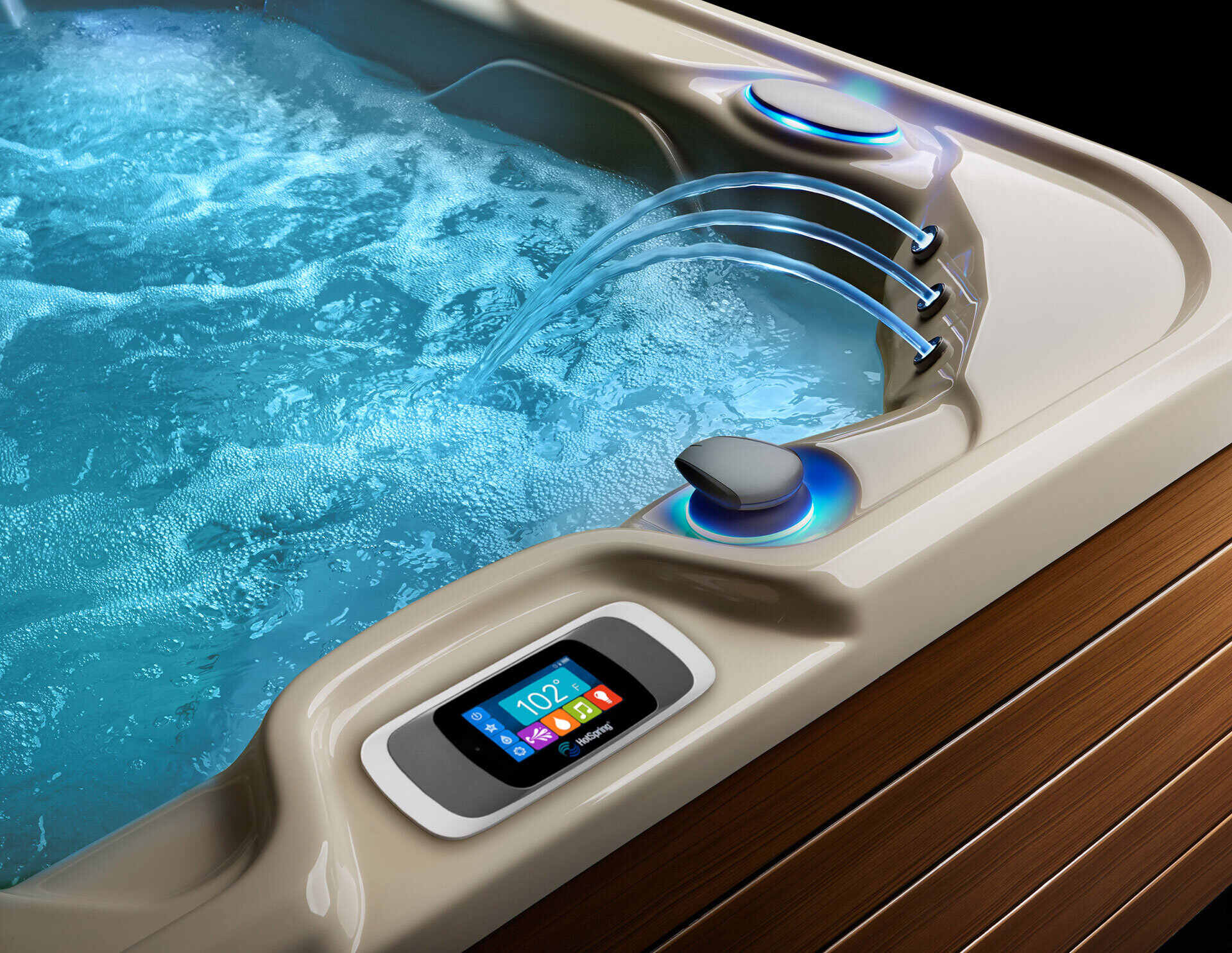

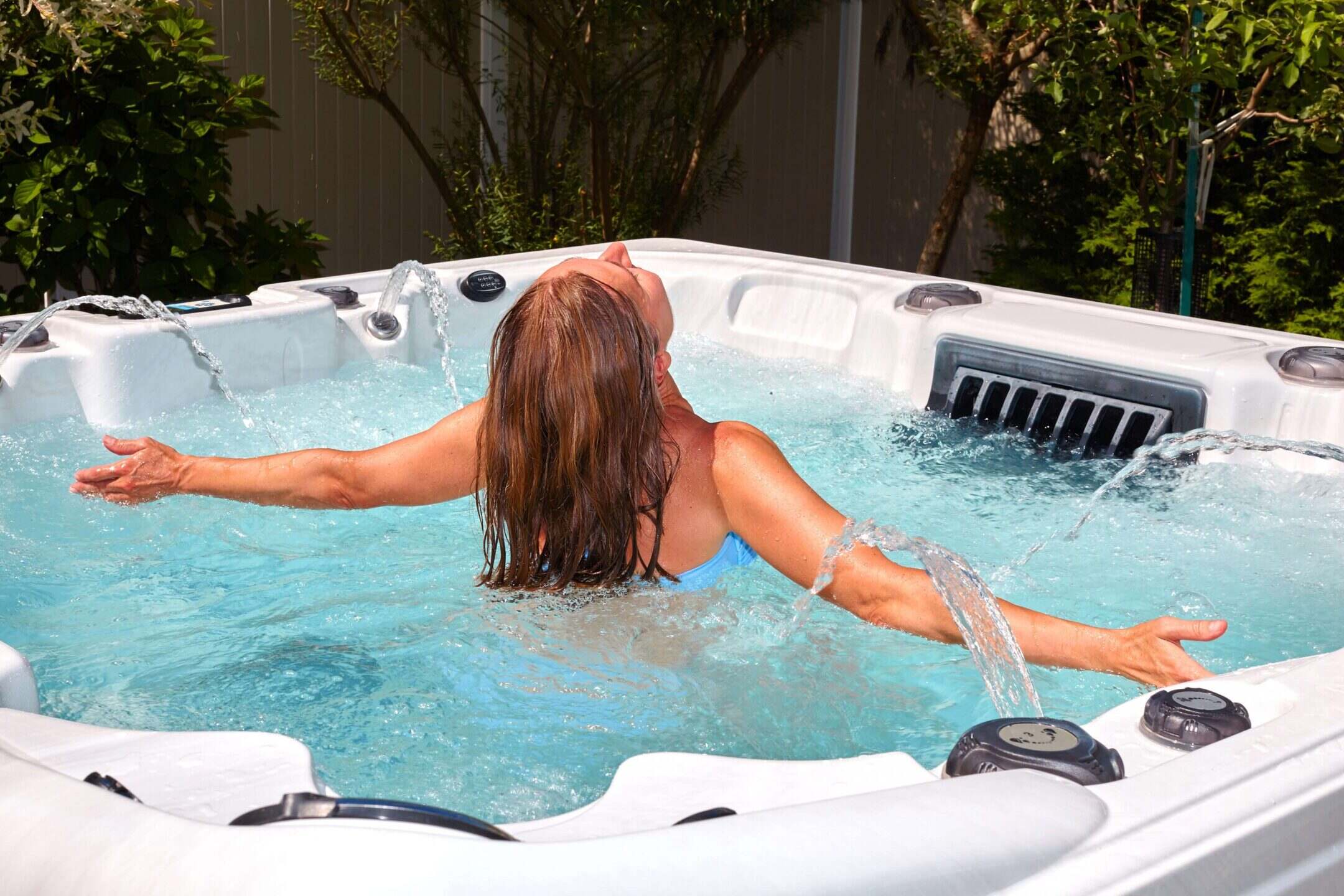
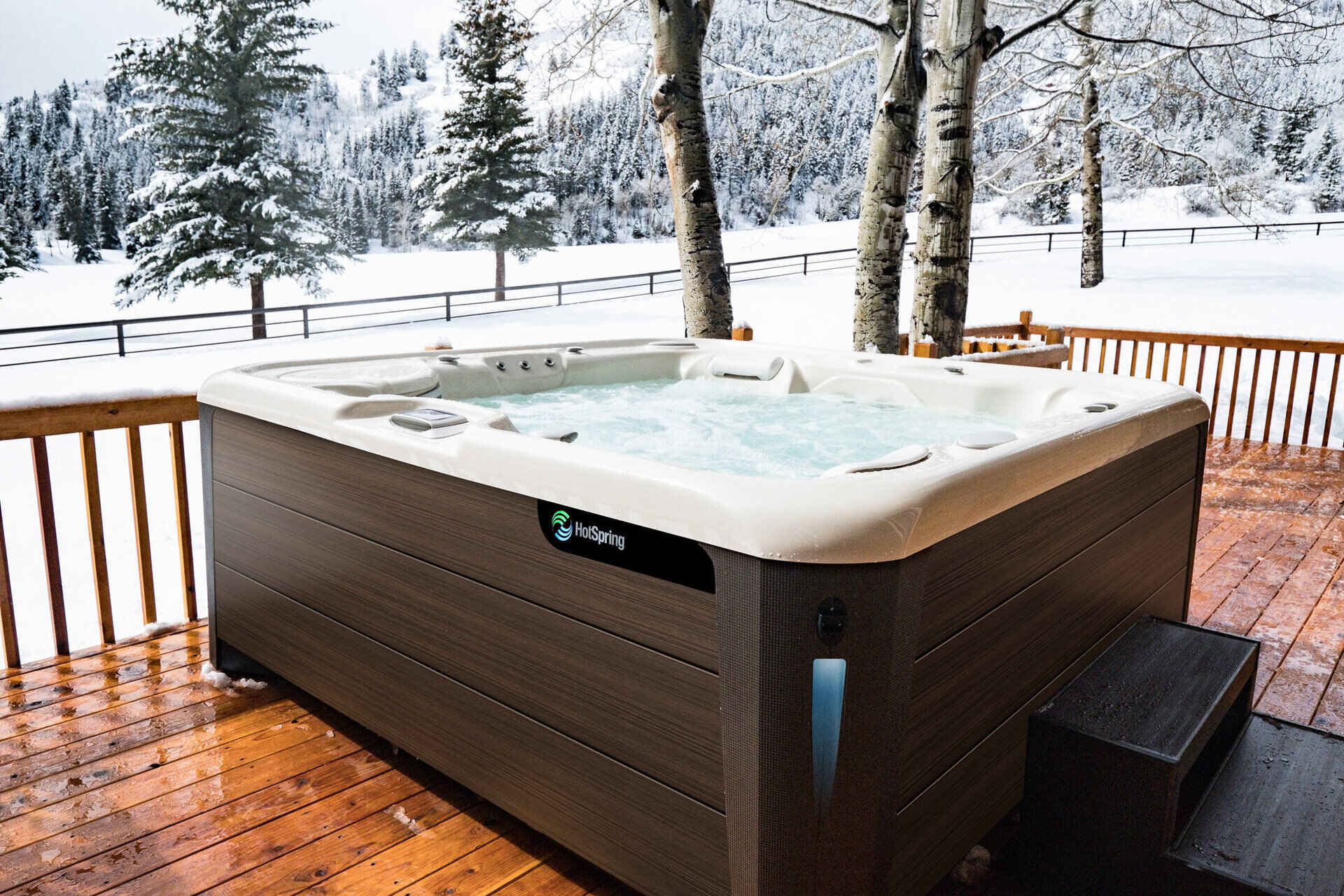
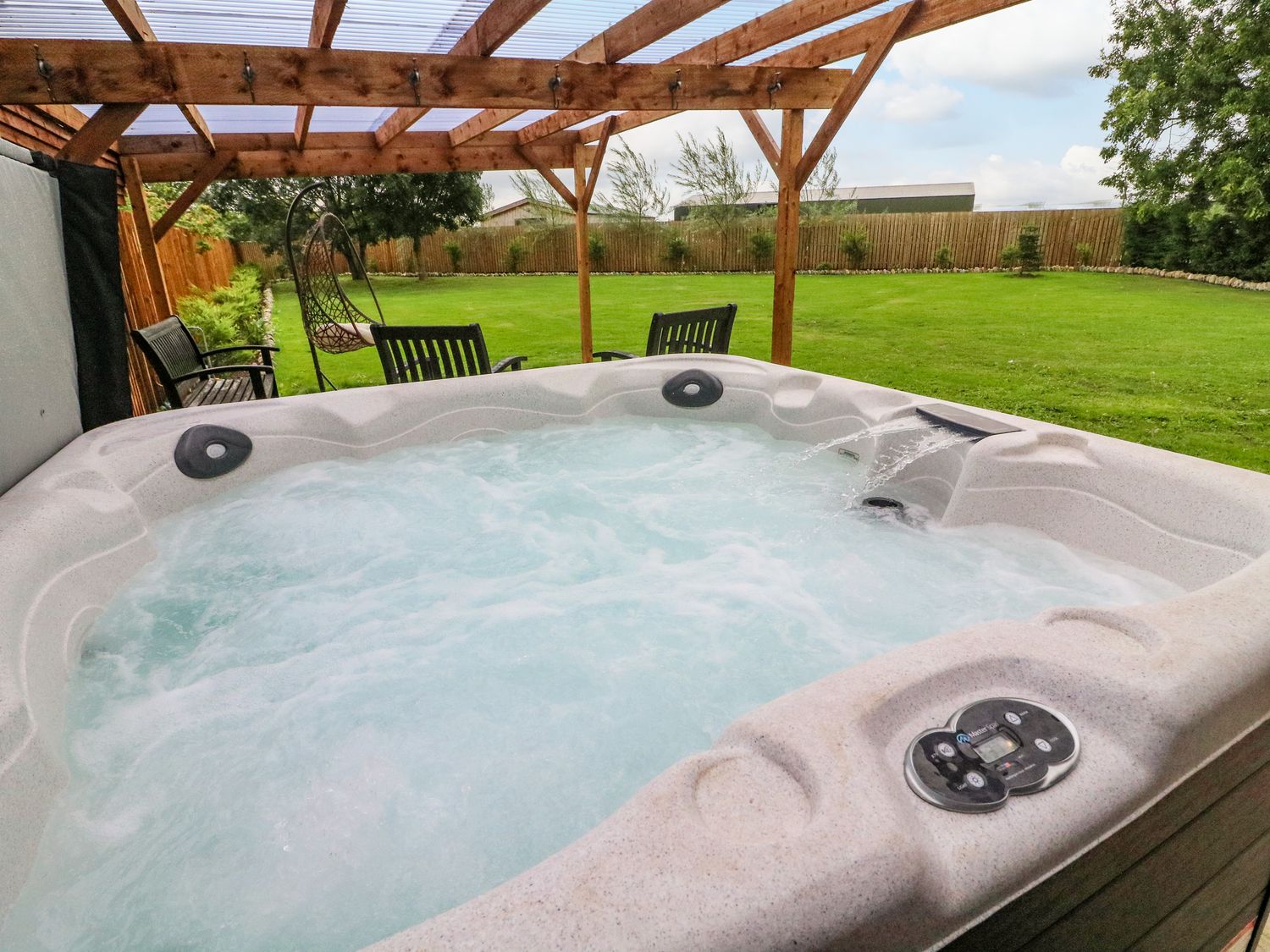
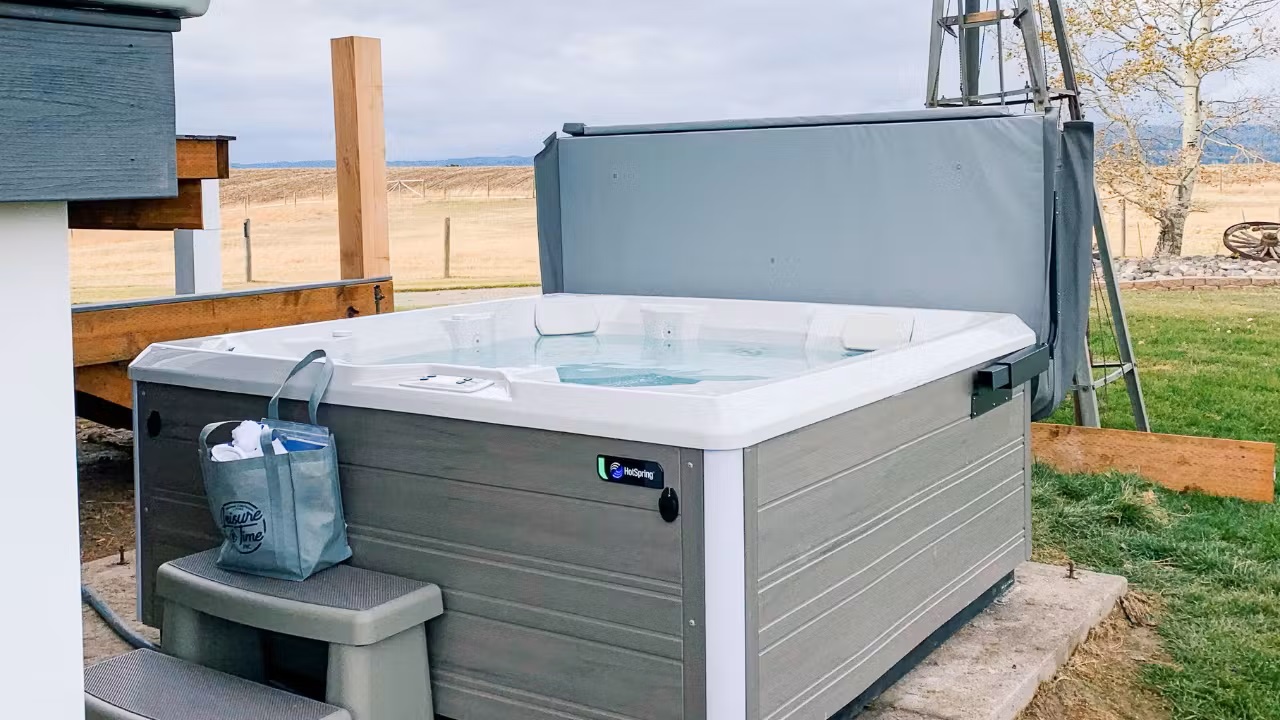
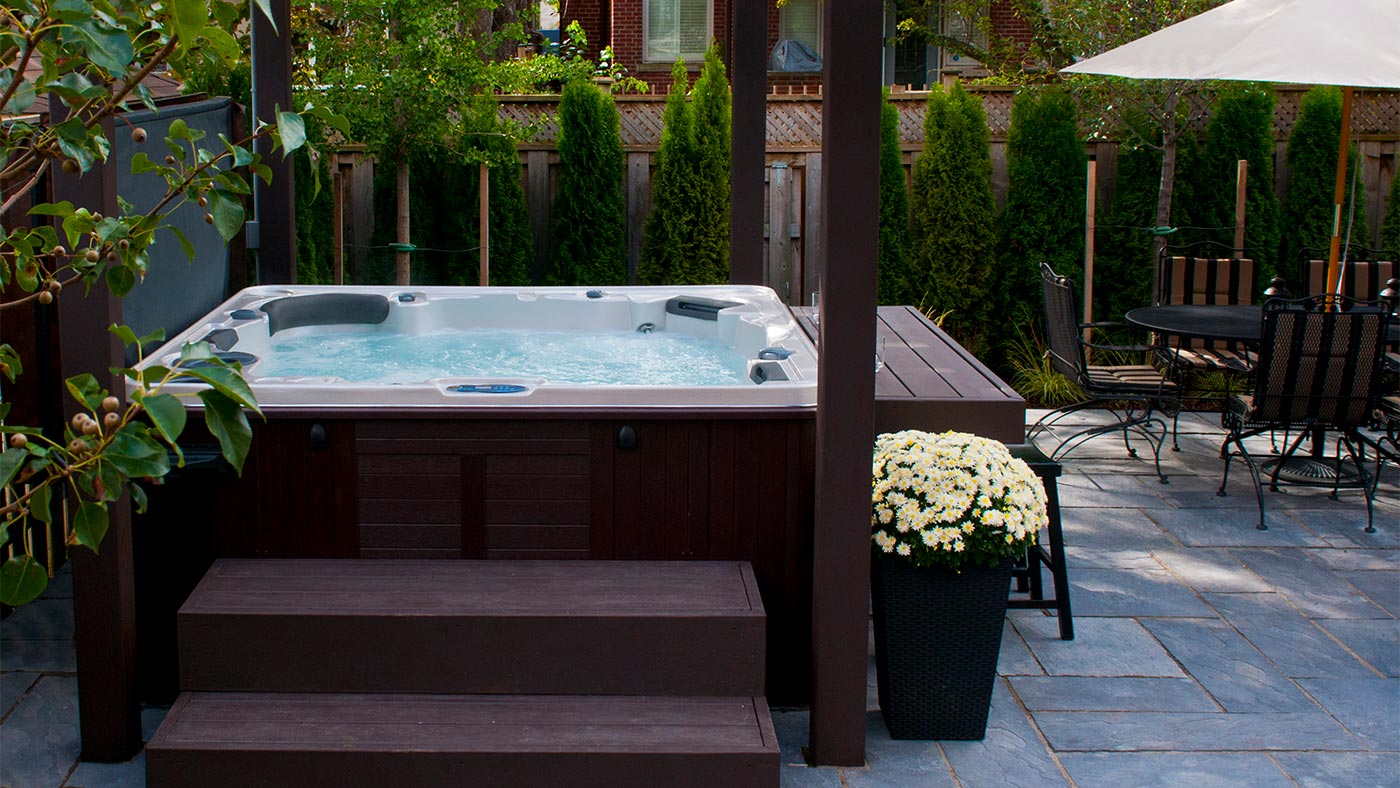
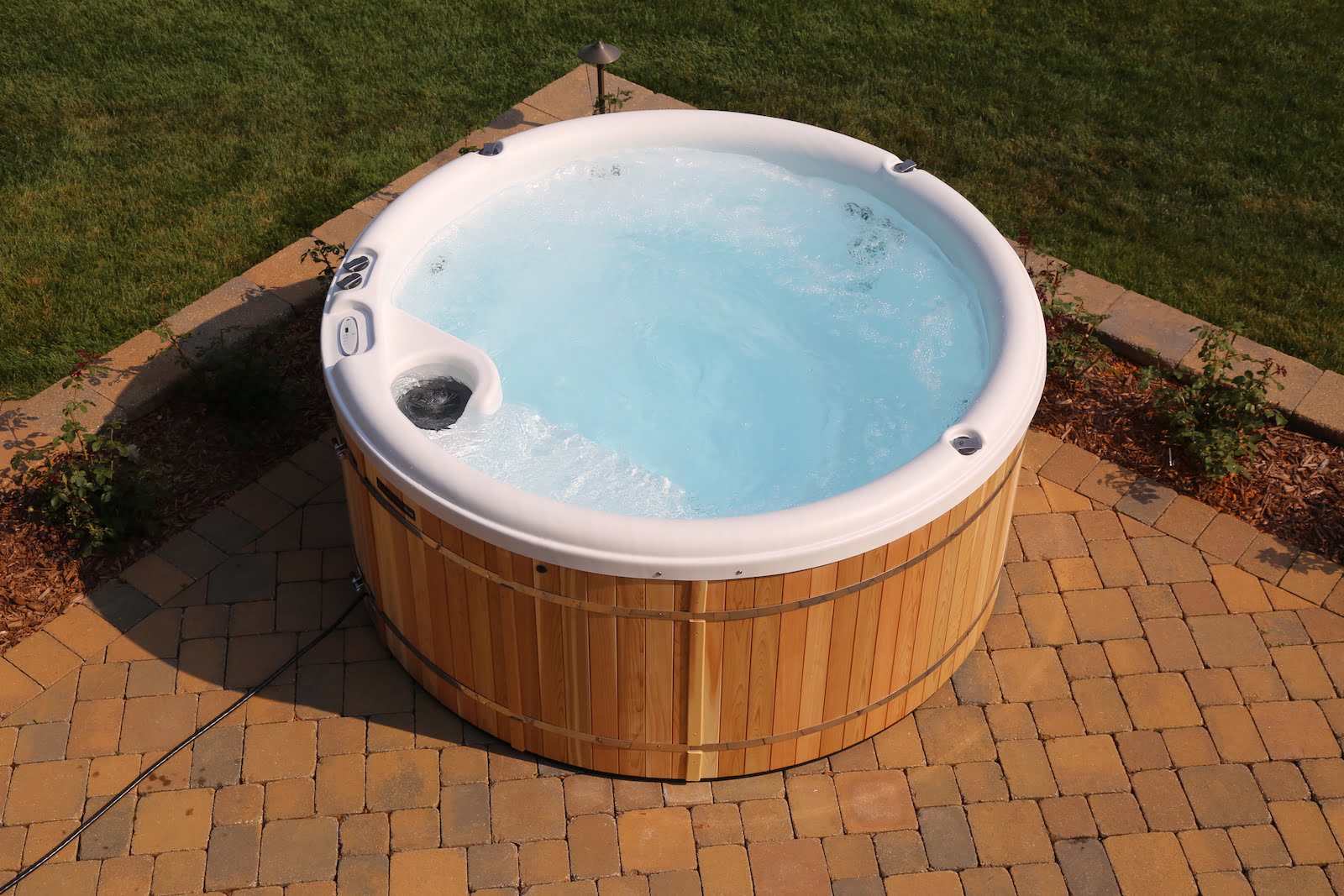
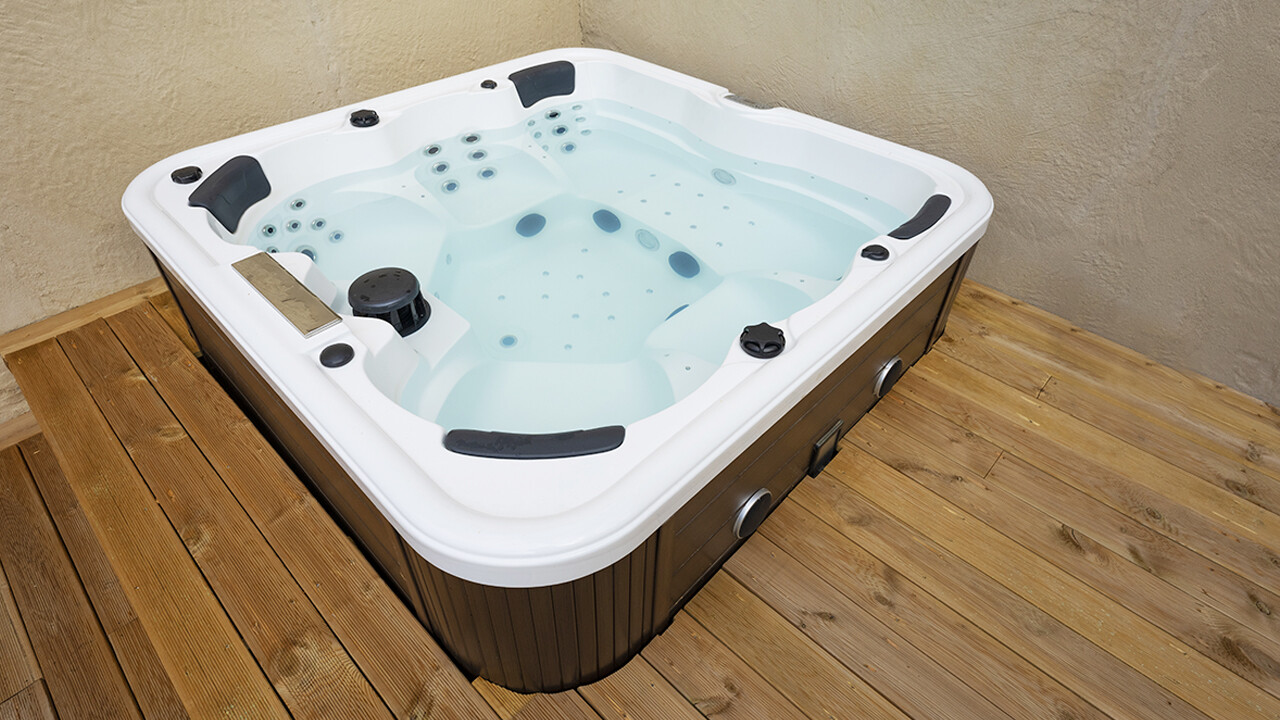
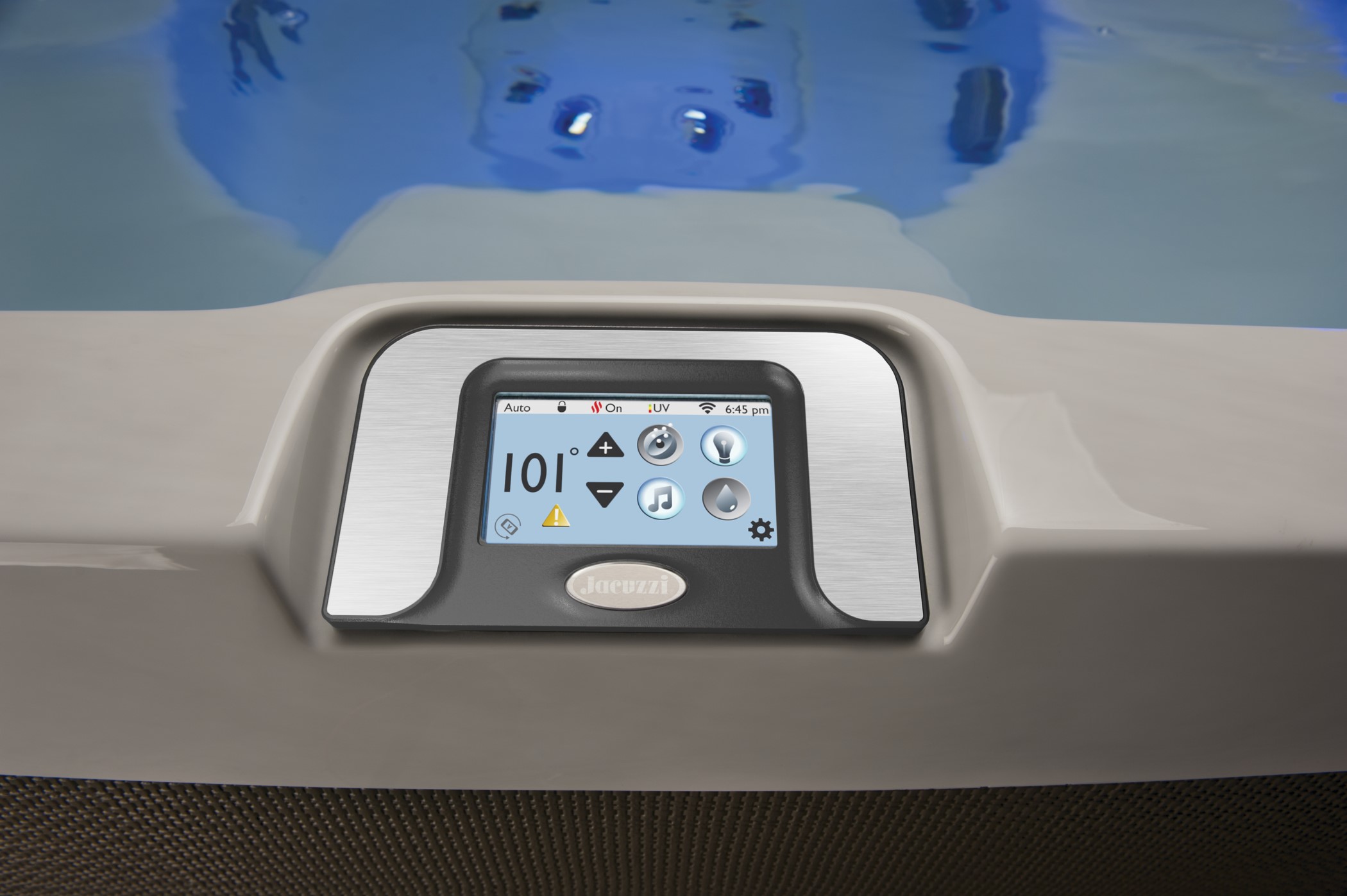
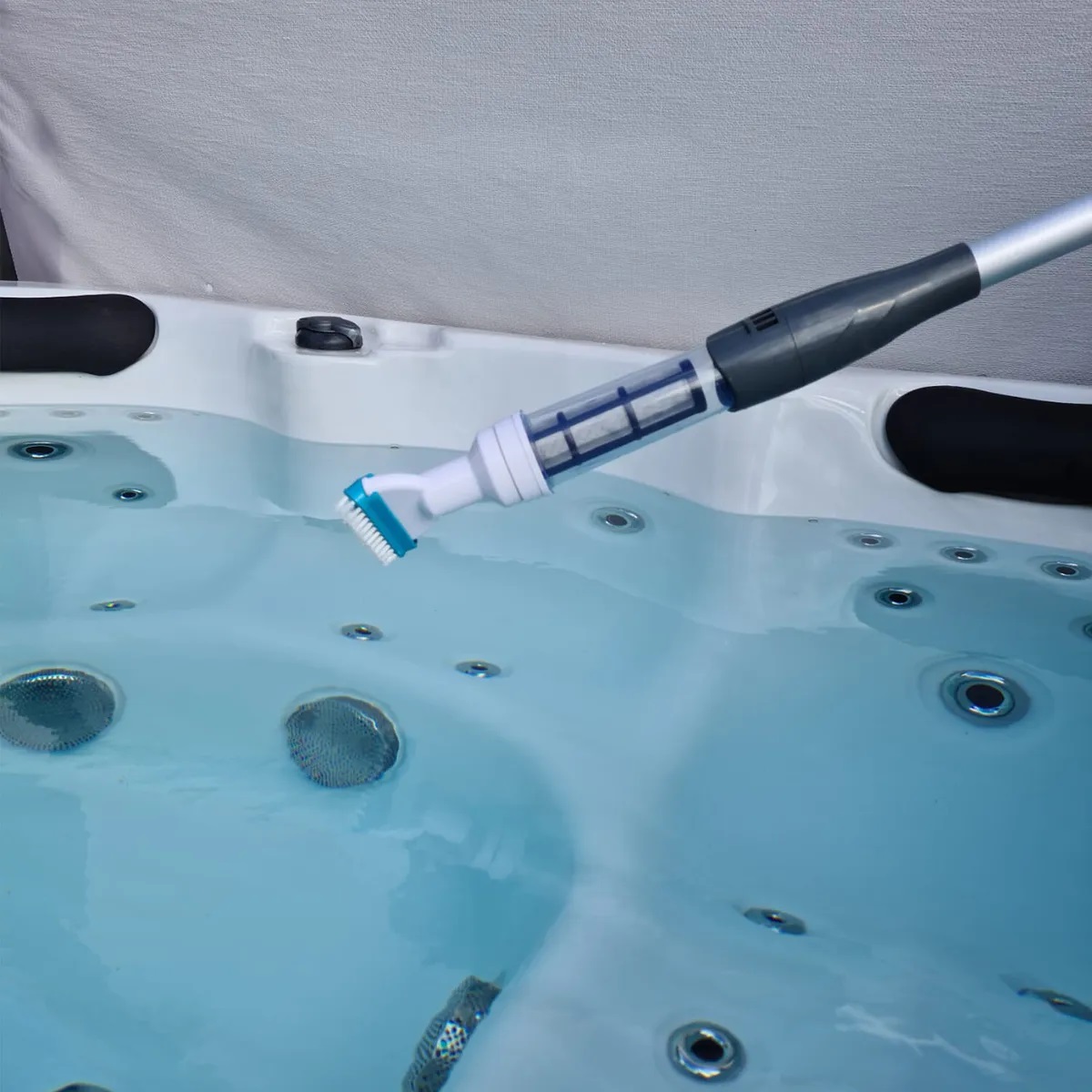
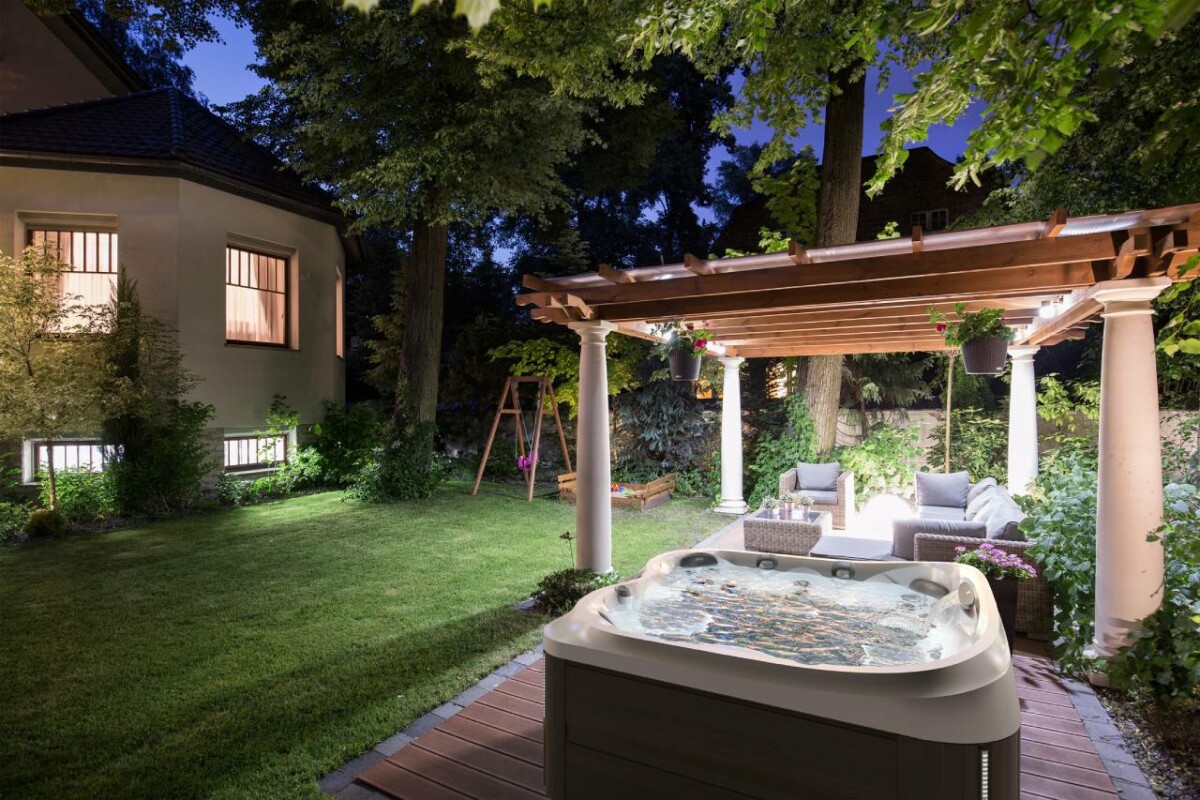
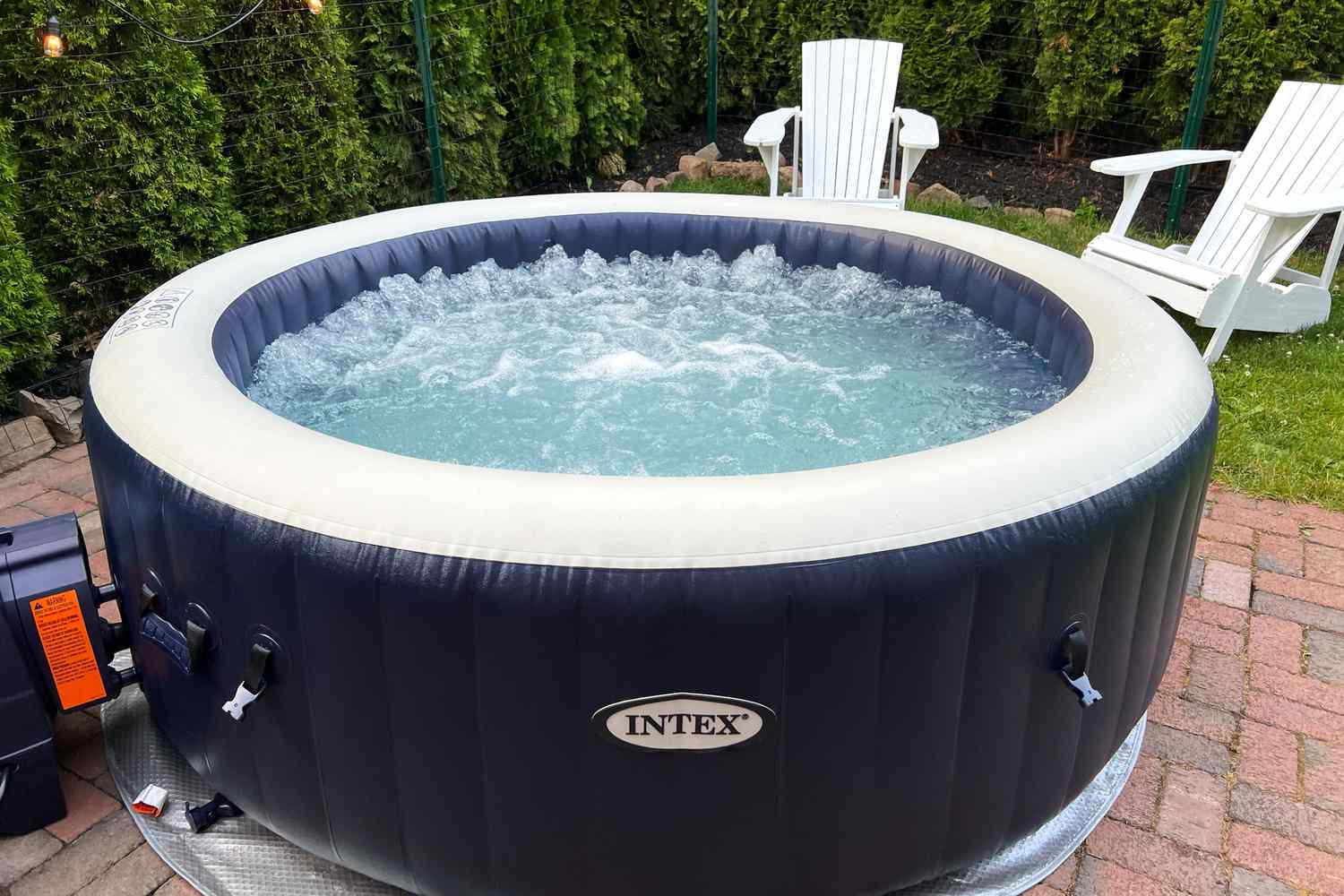
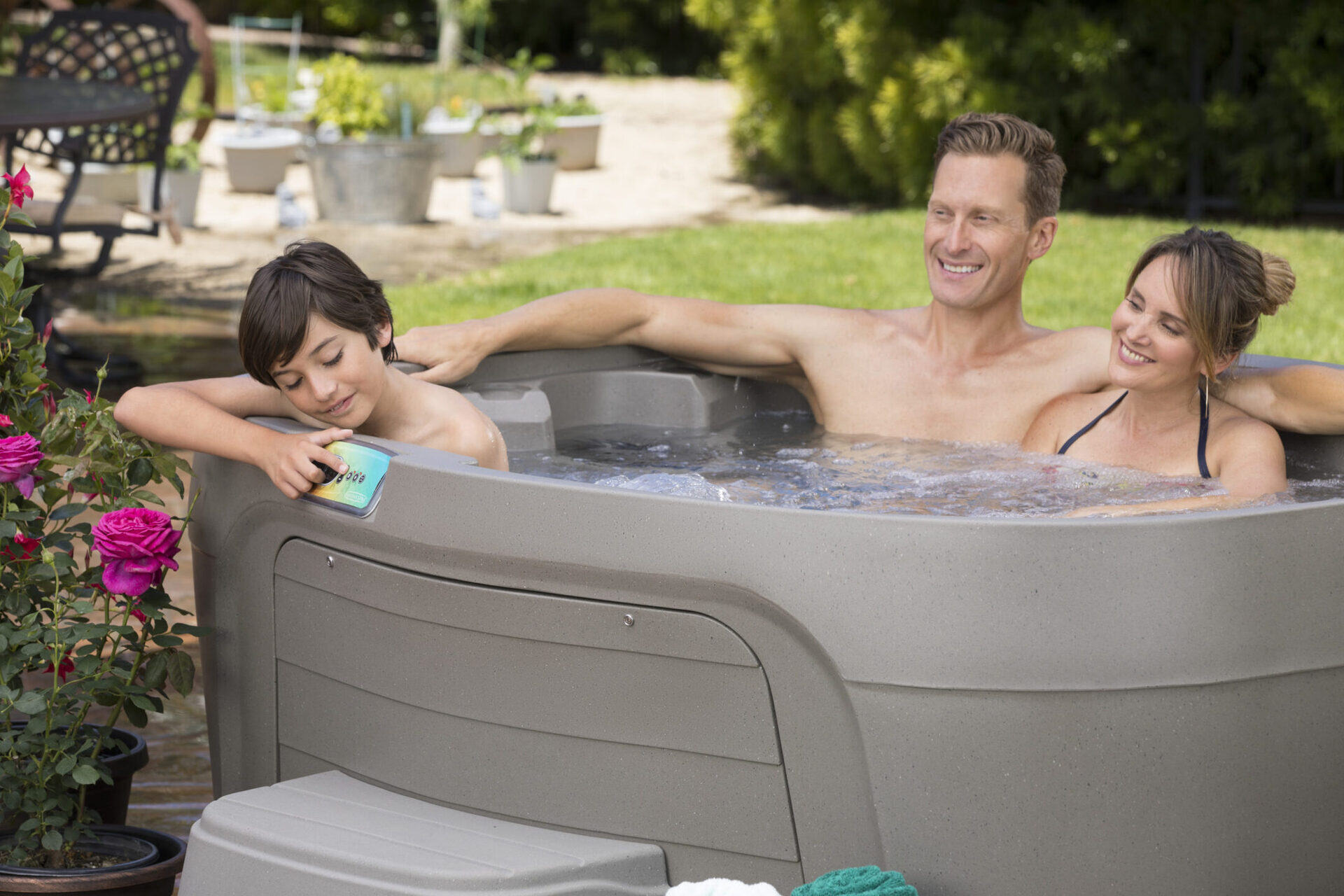

0 thoughts on “How To Treat Your Hot Tub”